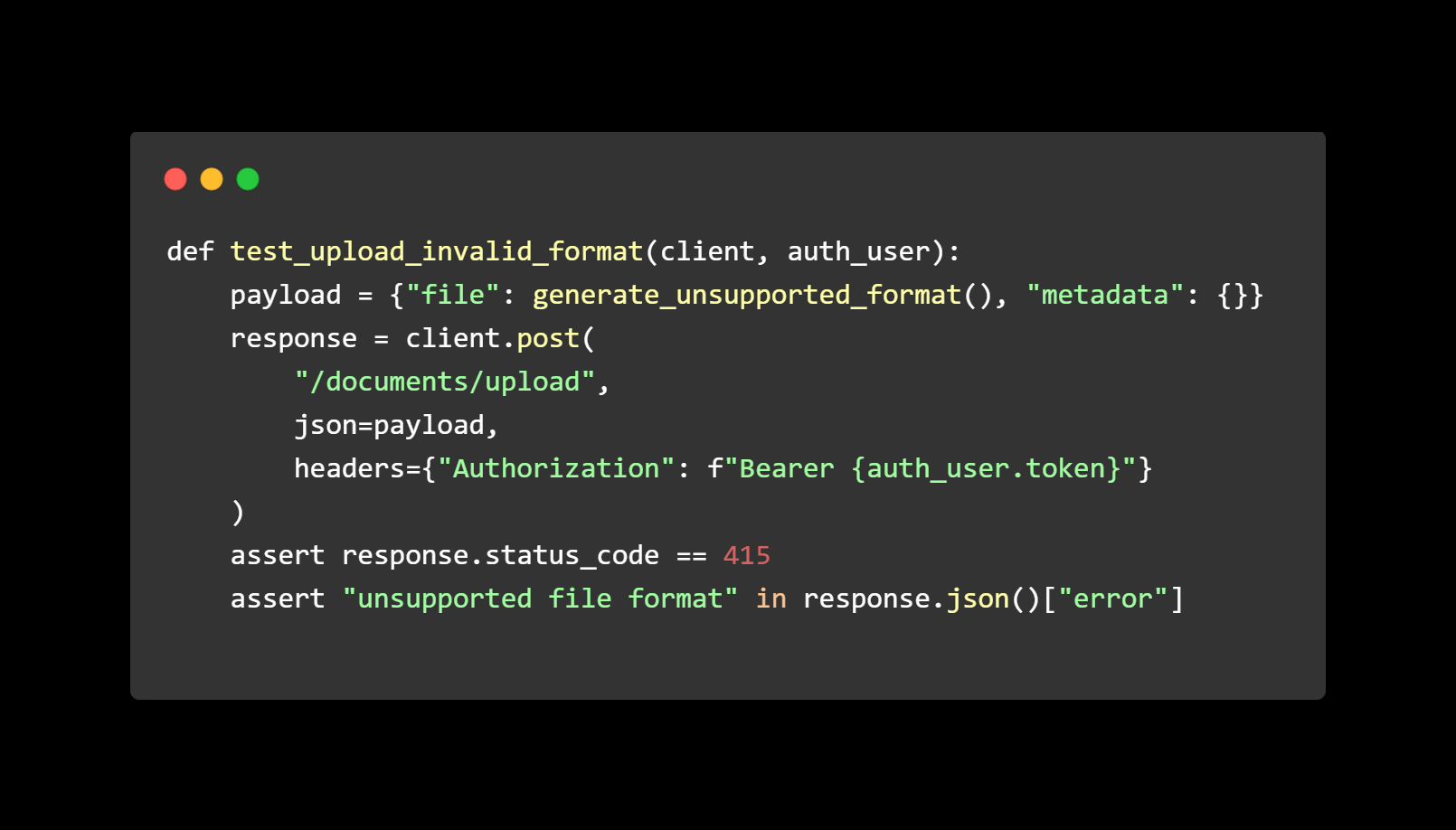November 12, 2025
In every high-velocity engineering organization, coverage gaps are not loud or obvious. They quietly seep into sprint plans, inflate engineering cycles, and eventually surface as costly production failures. For CTOs and senior engineering leaders managing distributed teams and complex architectures, requirement ambiguity is no longer a small inconvenience. It is a systemic risk that slows down delivery, invites operational overhead, and undermines product reliability.
Traditional requirement validation frameworks struggle because they rely heavily on manual interpretation. Teams review documents, comment in silos, and depend on tribal knowledge to clarify intent. As products scale and integrations increase, this approach becomes unsustainable. The modern SDLC demands intelligent, automated, context-aware validation that removes ambiguity long before development begins.
ReqSpell addresses this need by applying AI-driven requirement intelligence across the entire lifecycle. It evaluates requirements, identifies hidden gaps, enriches them with missing technical details, and aligns them directly with engineering and QA workflows.
Why Coverage Gaps Still Slip Through Mature Teams
Even highly disciplined teams deal with requirement gaps because natural-language specifications are interpretative by nature. A single sentence can contain multiple implicit assumptions that vary from one stakeholder to another.
A simple requirement like
"Users should be able to upload and share documents"
appears complete on the surface. But multiple deeper questions go unanswered.
Who can share?
What are the file size limits?
What formats are allowed?
What happens if a user tries to share with someone outside the organization?
How is the event logged?
What is the expected error behavior?
These hidden elements directly affect architecture, storage design, permission systems, backend logic, and downstream testing. When they are not clarified early, teams build with partial information which leads to functional drift and rework.
ReqSpell eliminates the guesswork by decomposing every requirement into its technical components and validating them for completeness.
How ReqSpell Converts Requirements Into Engineering-Ready Assets
ReqSpell applies semantic parsing to interpret each requirement at a granular level. It extracts actors, action types, constraints, dependencies, validations, and risk areas. This elevates requirements from simple sentences to structured engineering inputs.
Example Requirement Input

ReqSpell interprets this as a multi-step flow involving upload validation, permission checks, document metadata handling, sharing protocols, and downstream audit requirements. It identifies missing elements and expands the requirement to ensure engineering teams can begin development with complete clarity.
From Requirement to Testable Unit with No Ambiguity
ReqSpell does not stop at interpretation. It generates acceptance criteria, API mappings, and backend test cases that directly reflect the validated requirement.
Sample Backend Test Case Generated from Requirement

Negative Case Example

These cases cover positive paths, error conditions, and edge scenarios automatically. This ensures QA teams begin with complete coverage from day one.
Proactive Identification of Coverage Gaps at the Requirement Stage
ReqSpell detects missing parameters, inconsistent logic, and unaddressed risk areas. As a result, gaps surface before engineering invests time in implementation.
For example, consider the requirement
"The system should support real-time notifications."
Most human reviewers will approve this as-is. ReqSpell immediately identifies missing details that are essential for development.
Is the delivery guarantee at-least-once or exactly-once?
What retry policy is expected?
Which channels need to be supported?
What is the acceptable latency threshold?
How is the event logged for compliance?
This level of intelligence ensures the architecture and implementation remain aligned and predictable.
Architectural Alignment Through Automated Mapping
ReqSpell validates every requirement against APIs, data models, and backend services. It surfaces mismatches or incomplete mappings and provides structured insights that help engineering leaders govern development more effectively.
Example of ReqSpell API Mapping Output


.png)






.png)
.png)